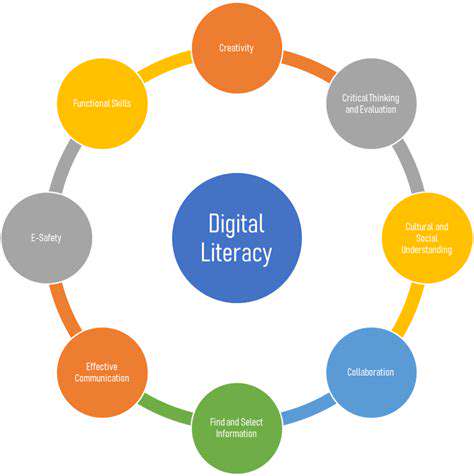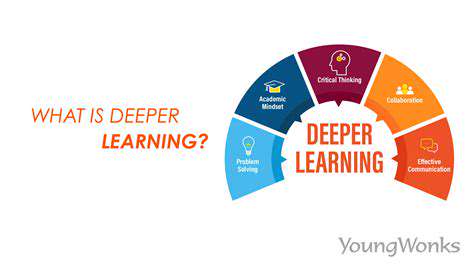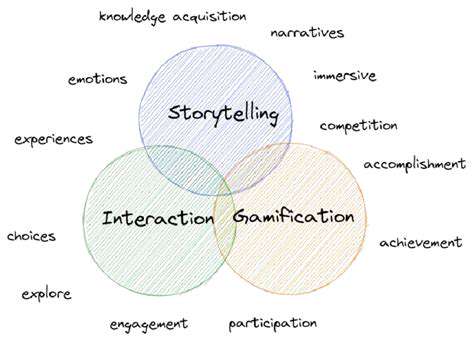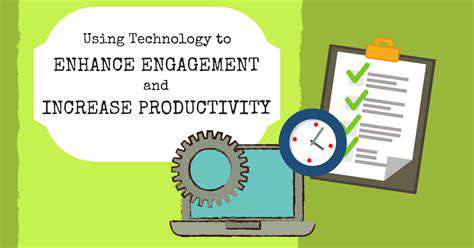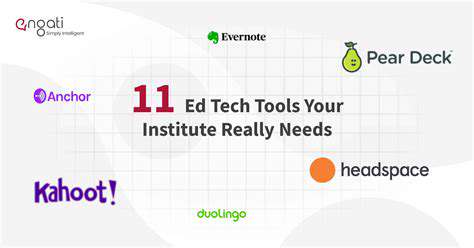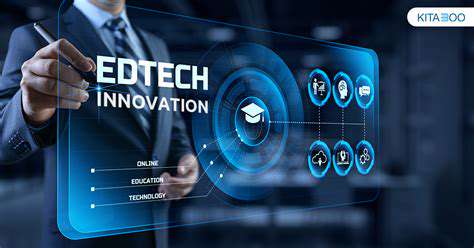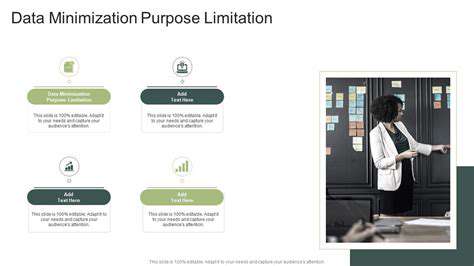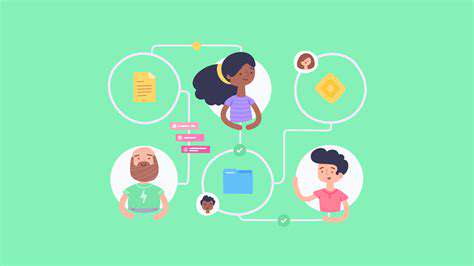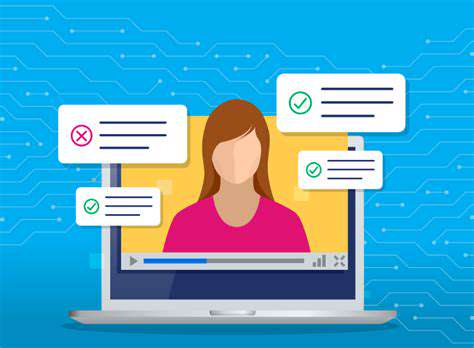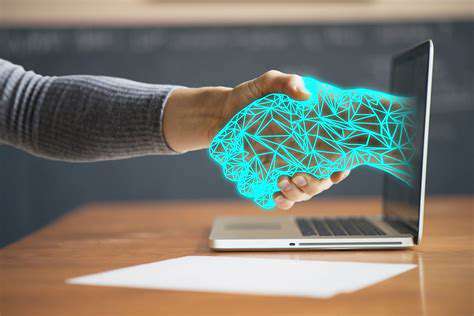Collaborative Gamification for Developing Critical Thinking
Introduction to Collaborative Gamification
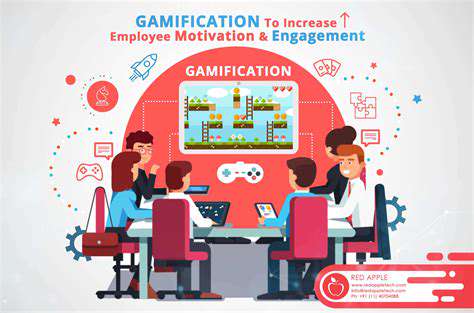
Understanding Collaborative Gamification
Collaborative gamification combines game mechanics with teamwork principles to create engaging group experiences. Rather than just focusing on individual scores or leaderboards, it emphasizes designing systems that promote cooperation, open dialogue, and collective achievements. This methodology proves particularly effective in educational settings, corporate training, and online communities where shared objectives are paramount.
The foundation of impactful collaborative gamification lies in its game mechanics. These elements must be thoughtfully crafted to match the collaboration's purpose and drive desired actions. For example, implementing transparent reward systems and meaningful milestones can inspire sustained participation and meaningful contributions from all team members.
Key Benefits of Collaborative Gamification
Adopting collaborative gamification yields numerous advantages. First, it transforms learning into a more dynamic and rewarding process, particularly for group projects. This heightened engagement often results in better participation rates and a more positive atmosphere for knowledge sharing.
Second, this approach strengthens communication and teamwork abilities. Participants naturally develop better interpersonal skills as they coordinate efforts, exchange ideas, and work toward common targets.
Third, it enhances creative thinking and problem-solving capabilities. Team-based challenges frequently demand innovative approaches, pushing participants to develop more effective solution-finding skills.
Lastly, it dramatically boosts participation rates and long-term involvement. The enjoyable nature of gamified activities encourages consistent engagement and helps maintain interest over extended periods.
Strategies for Implementing Successful Collaborative Gamification
Effective implementation of collaborative gamification requires careful planning and execution. The system must align precisely with the intended outcomes to achieve maximum impact.
Begin by clearly outlining the learning goals and expected results. This clarity helps shape the game elements to best support the educational or developmental objectives.
Creating an inclusive environment is equally important. Establish norms of mutual respect, encourage transparent communication, and promptly address any conflicts that may arise.
Incorporating regular progress evaluations is essential for identifying strengths and areas needing improvement. These insights allow for timely adjustments to maintain engagement and effectiveness.
Continuous support and resource availability significantly contribute to the long-term success of any gamification initiative.
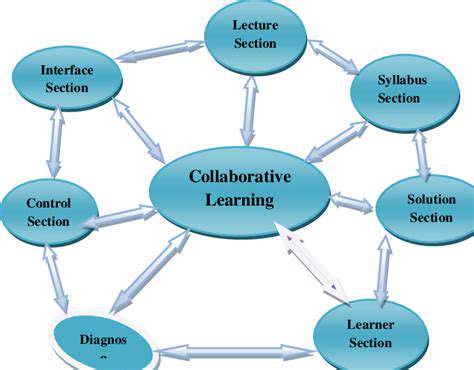
Examples of Collaborative Gamification in Action
Enhancing Knowledge Sharing Through Collaborative Challenges
Team-based gamification excels at promoting knowledge exchange among professionals. By transforming learning into interactive challenges, organizations can motivate employees to share expertise. For instance, a technical scavenger hunt where team members earn recognition for solving problems collaboratively encourages active participation across all skill levels. This approach creates a more capable and interconnected workforce.
Developing a shared knowledge repository with gamified contributions can yield long-term benefits. Recognizing employees who document solutions fosters a culture of sharing while creating valuable institutional knowledge.
Boosting Team Cohesion Through Shared Goals
Gamification strengthens team bonds when focused on collective achievements. Structuring projects as interconnected challenges with group rewards nurtures camaraderie and shared success. Tracking team progress rather than individual standings reinforces the importance of collaboration over competition.
Improving Code Quality Through Collaborative Reviews
Transforming code reviews into gamified activities can yield significant quality improvements. Recognizing contributions to code refinement motivates thorough evaluations and results in more robust programming solutions. This approach turns a routine task into an engaging quality improvement process.
Promoting Continuous Learning Through Skill-Based Challenges
Skill-development challenges encourage professional growth in targeted areas. Gamifying the mastery of new techniques or problem-solving methods creates incentives for ongoing education while allowing team members to learn from each other's approaches.
Enhancing Communication Through Interactive Platforms
Dedicated gamification platforms can revolutionize team interactions. Real-time collaboration tools with visual progress tracking and instant feedback create dynamic workspaces that encourage open communication and shared responsibility for outcomes.
Encouraging Innovation Through Creative Challenges
Gamified innovation challenges push teams to explore unconventional solutions. By rewarding creative problem-solving, organizations can foster cultures of experimentation that lead to breakthrough ideas and approaches.
Driving Agile Development Through Sprint-Based Challenges
Applying gamification to agile sprints enhances focus and collaboration. Clear sprint objectives with team-based recognition create shared urgency and purpose, improving both efficiency and collective ownership of results.
Measuring the Impact and Adapting the Design
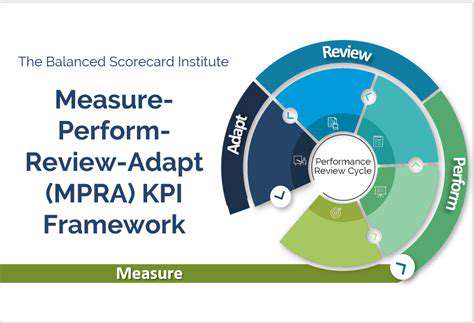
Understanding the Measurement Framework
Effective evaluation requires a comprehensive measurement framework. This system should identify specific, relevant metrics that directly correlate with program objectives. Establishing these parameters early ensures consistent, meaningful evaluation throughout implementation.
Identifying Key Performance Indicators (KPIs)
Selecting appropriate KPIs is critical for accurate assessment. These metrics should follow SMART criteria (Specific, Measurable, Achievable, Relevant, Time-bound) to provide actionable insights into program effectiveness. Well-chosen KPIs keep evaluation focused on the most impactful outcomes.
Data Collection and Analysis Techniques
Reliable data gathering methods and rigorous analysis are essential for drawing valid conclusions. Combining quantitative metrics with qualitative feedback provides a complete picture of program performance. Thorough analysis reveals both successes and areas needing adjustment.
Adapting Strategies Based on Results
Regular review of collected data allows for timely program refinements. Identifying patterns and trends enables responsive adjustments that maintain alignment with core objectives. Data-driven adaptation ensures resources are used effectively to achieve desired outcomes.
Communication and Reporting Mechanisms
Clear reporting keeps stakeholders informed and engaged. Regular updates should present data in context, explaining implications and proposed actions. Transparent communication builds support and facilitates collaborative improvement efforts.
Utilizing Technology for Enhanced Measurement
Modern analytics tools can streamline the evaluation process. Automated data collection and visualization tools provide timely insights while reducing administrative burdens. Technology integration enables more efficient, data-informed decision making throughout the program lifecycle.
Read more about Collaborative Gamification for Developing Critical Thinking
Hot Recommendations
- Attribution Modeling in Google Analytics: Credit Where It's Due
- Understanding Statistical Significance in A/B Testing
- Future Proofing Your Brand in the Digital Landscape
- Measuring CTV Ad Performance: Key Metrics
- Negative Keywords: Preventing Wasted Ad Spend
- Building Local Citations: Essential for Local SEO
- Responsive Design for Mobile Devices: A Practical Guide
- Mobile First Web Design: Ensuring a Seamless User Experience
- Understanding Your Competitors' Digital Marketing Strategies
- Google Display Network: Reaching a Broader Audience
